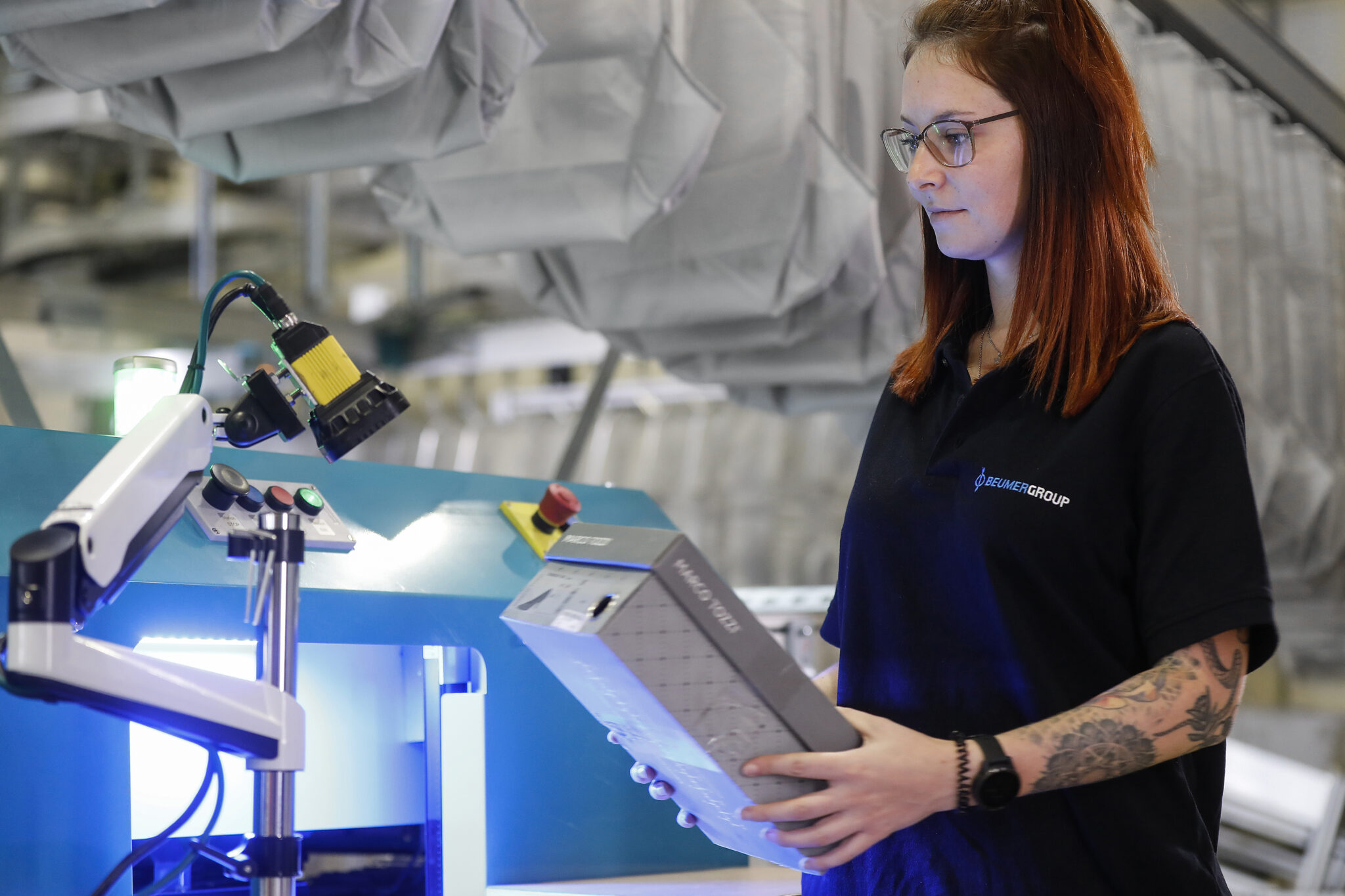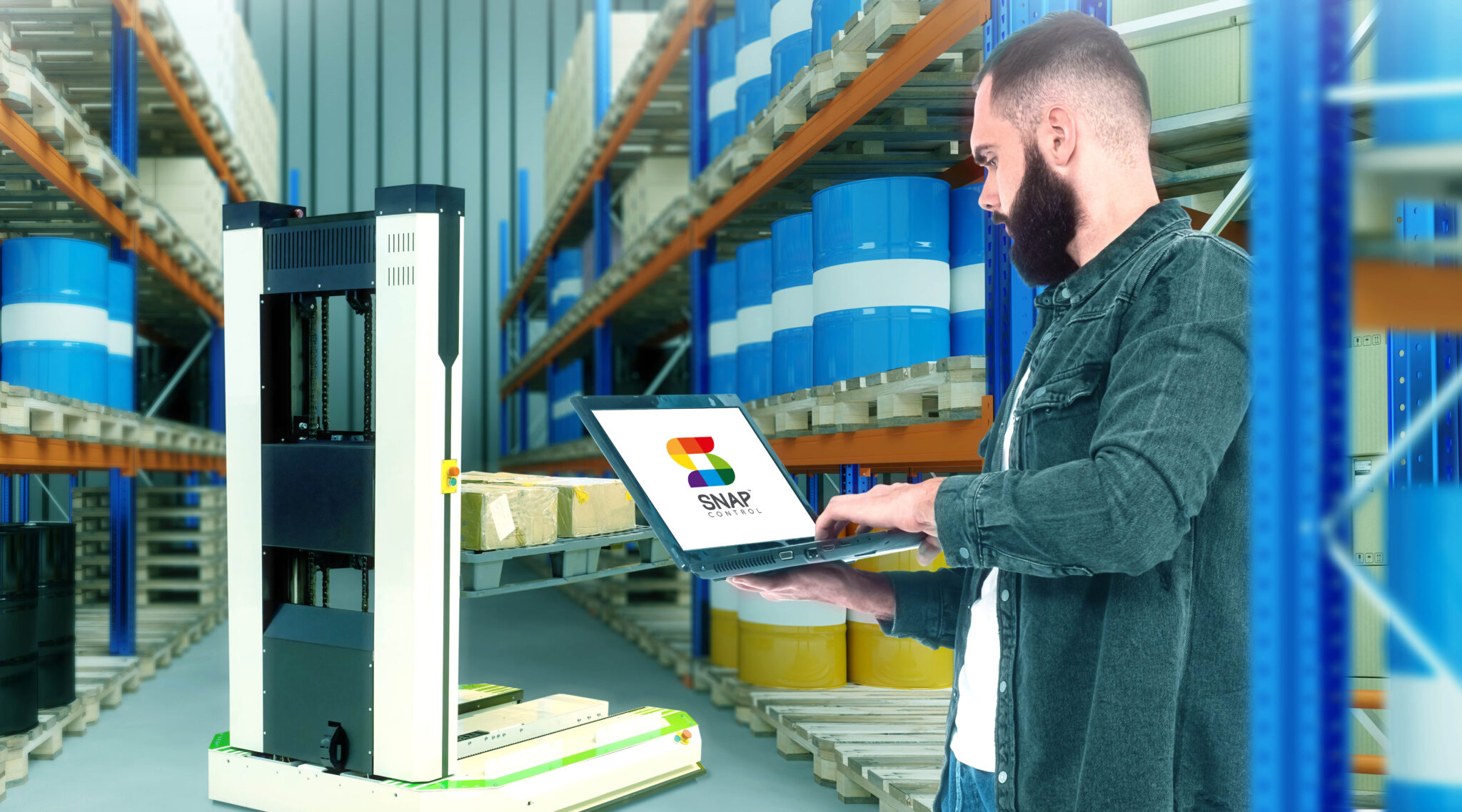Fashion fulfilment centres continue to face a substantial increase in the rate of returns as omnichannel shopping becomes increasingly prevalent. But though it is a pain point for many fashion logistics companies, within the challenge of returns lies opportunity, writes Harald Hanaweg, Head of Sales Engineering at BEUMER Group.
The continuing growth of online retail brings with it great rewards for online retailers. But for fashion fulfilment centres in particular it also brings a problem in the shape of a rising number of returns. Indeed, it has been estimated that returns rates may exceed 60 percent for e-commerce fashion retailers. In an environment where a good returns policy is essential to maintaining a competitive edge and retaining customers, how can fashion logistics companies respond to the challenges of reverse logistics? And might it even be possible to reduce handling costs and create a value chain from returns?
There are two elements to a solution to this problem that fashion logistics businesses can explore. First, they can reduce the steps involved in their reverse logistics management, and second, they can create a healthy, viable value chain from their returns. In a typical conventional returns process, a total of 13 touches are required to process a returned item. What if the logistics centre could eliminate many of these touches and thereby reduce not only the labour required but also the time it takes to make the goods available for resale?
With a pouch sorter system all these wishes can come true. This specialised e-commerce fulfilment technology is able to transport, sort, sequence and store both outbound and returned items, and by doing so can simplify and streamline a number of steps in e-commerce fulfilment in general.
Pouch technology eases the handling of returns by placing each item directly into a pouch rather than sending it back to the shelf or regular storage, where it has to be picked again when it is ordered. The pouch system serves as an intermediate buffer for returned items, which are typically resold within three days. Returns needed to fulfil an order are automatically retrieved from the dynamic buffer and sent to sortation. Only items that are not sold after a given number of days are returned to shelf storage – or shipped for recycling – as part of an automatic, easy housekeeping process that is run during periods of low throughput. And even these non-sold items can be sorted according to any criteria as needed. For example, all pieces of a non-sold SKU can be brought together to a packing station where they can be put into a tote or carton and sent back to storage as a single lot.
The pouch system thus dramatically reduces the cost of handling returns, because the fewer times an item is touched, the shorter and cleaner the process and the more value the item retains. In fact with a pouch system the number of touches necessary to process a returned item is reduced from 13 to only seven.
Value creation
This is by no means the only advantage of a pouch system and it is even possible to create a value chain from returns. The great benefit of automated sortation is that it can be very accurate and can achieve a fine degree of sortation that would otherwise typically take considerable labour and time. For example, once the distribution facility has handled the initial receipt of the returns, the automated system can perform sortations into individual SKU master packs or gaylords destined for the next market segment. It is a simple matter to sort large, heavy items to the bottom, followed by the medium and then the lighter items on top.
Through this type of sortation the facility knows exactly what’s in every package. And if it opts to on-sell its returns on the secondary market it can receive a higher value because of the way they have been sorted, segmented and treated. Instead of returns being a loss, this higher level sortation can create a value chain within the supply chain. Fashion distributors can realise the hidden opportunities in reverse logistics and leverage the value in returns.
Logistics companies in today’s fashion e-commerce environment may not be able to decrease the high number of returns they have to handle, but they can most definitely adjust and ameliorate their returns management. Pouch sorter technology can reduce the touches and the manual intervention typically needed in the returns process, refining that process and greatly reducing costs. What’s more, fashion distribution facilities can even design their sortation processes to recapture value and uncover the hidden potential of returned assets.






